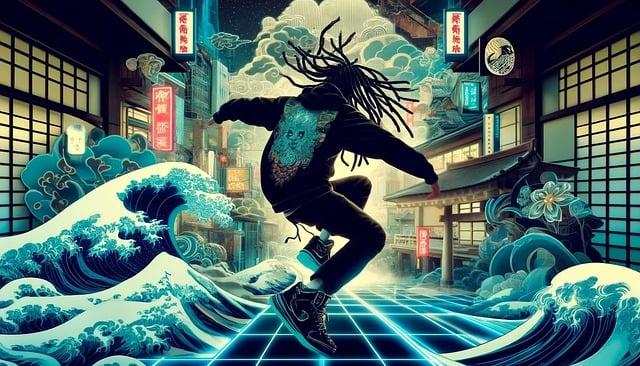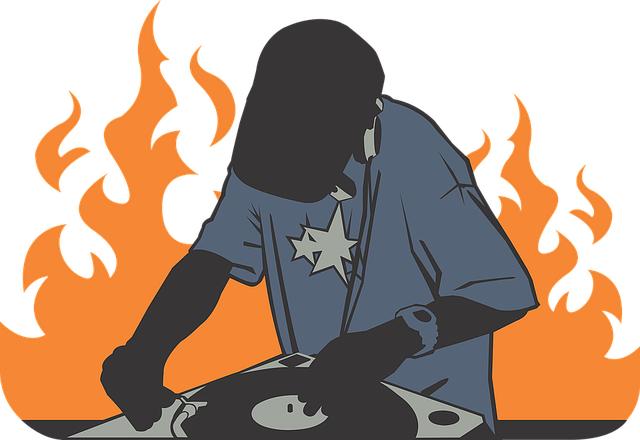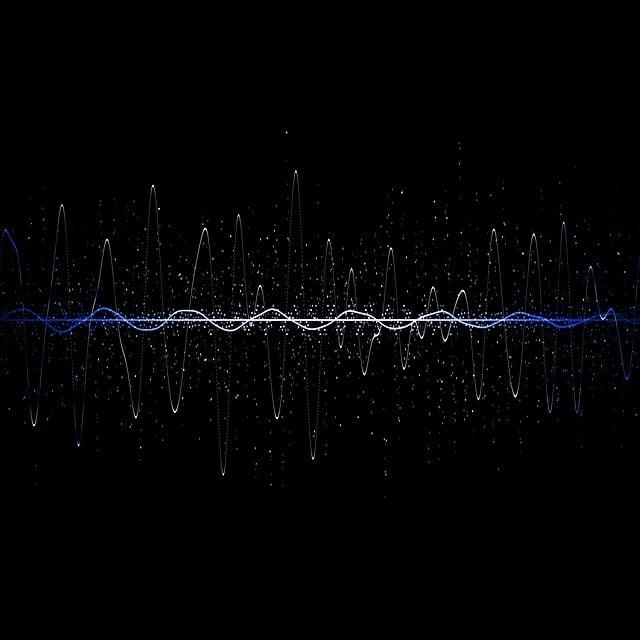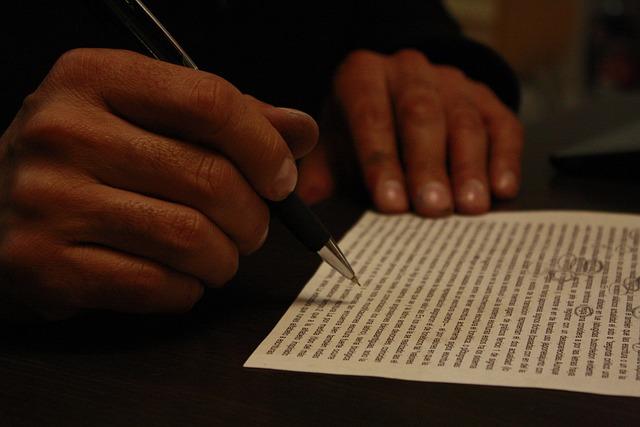Hip hop music isn’t just a genre; it’s a vibrant tapestry woven from rich cultural threads that stretch back to the streets of the Bronx in the 1970s. Picture this: a block party bursting with energy, the sound of vinyl scratching, and MCs captivating crowds with their lyrical prowess. It’s where innovative sounds and powerful messages converge, giving voice to communities while reflecting their struggles, triumphs, and everyday realities. In this exploration of hip hop, we’ll dig deep into its roots, tracing the footsteps of pioneers who laid down the beats and bars that defined a movement. We’ll groove through the pulsating rhythms that have evolved over the decades, showcasing the genre’s dynamic nature and its ability to adapt while remaining authentic. So grab your headphones, and let’s embark on this rhythmic journey—one that celebrates the cultural significance, artistic innovation, and the indomitable spirit of hip hop music.
Unearthing the Origins: The Birthplace of Hip Hop and Its Influential Roots
Hip hop emerged as a vibrant cultural movement in the 1970s, birthed in the heart of the South Bronx, New York City. This bustling urban landscape, rife with economic challenges and social issues, became the backdrop for a revolutionary expression of creativity among young people. Imagine a melting pot where African American, Puerto Rican, and Caribbean cultures converged, blending various musical styles, such as funk, soul, and reggae. Influential pioneers like DJ Kool Herc and Grandmaster Flash turned the turntables into powerful instruments of change, utilizing breakbeats to get the party started and transform the dance floor into a space for communal celebration. If you could step into their world, you’d see the electric energy of block parties—an outlet for self-expression and a form of resistance against the socio-economic struggles of the time.
This artistic renaissance didn’t stop with beats alone; it birthed a rich tapestry woven with elements of poetry, dance, and visual art. Graffiti artists transformed walls into canvases, chronicling lives through stunning murals, while breakdancers added gravity-defying moves that captivated crowds. Meanwhile, lyricists began to hone their craft, telling stories of struggle, resilience, and hope. The four elements of hip hop—DJing, MCing, graffiti, and b-boying—formed an unbreakable foundation that continues to evolve. Today, as hip hop sprawls across the globe, its roots remain deeply embedded in those humble beginnings, reminding us that it was born from a need to voice experiences and foster community amidst adversity.

The Heartbeat of the Streets: Understanding the Unique Rhythms and Beats of Hip Hop
Hip hop isn’t just music; it’s a cultural movement that pulses with the energy of the streets. At the core of this genre lies a unique blend of rhythms and beats that serve as its lifeblood. Think of the way a city’s heartbeat quickens as you dive into its nightlife—hip hop captures this essence through its diversity. Each region brings its own flavor, from the gritty realism of East Coast bars to the laid-back vibes of West Coast beats. You can almost feel the city’s heartbeat in the syncopation of the drums or the resonance of a bass line, as if the streets are whispering stories through sound. It’s a conversation, a dialogue between the past and present, where artists draw inspiration from their environments, reflecting the challenges and triumphs of urban life.
To appreciate hip hop fully, one must also recognize its four pillars: MCing, DJing, breaking, and graffiti art. Each component plays a vital role in shaping the genre’s vibrant landscape. Take a moment to explore how these elements work in harmony:
| Element | Description |
|---|---|
| MCing | Crafting lyrics that often address social issues, personal experiences, and storytelling. |
| DJing | Mixing tracks, creating beats, and scratching vinyl to enhance the auditory experience. |
| Breaking | A dance form that embodies creativity, athleticism, and style, often performed in cyphers. |
| Graffiti Art | Visual expression that communicates messages and shapes hip hop’s identity through vibrant art. |
These pillars are not just standalone elements; they intertwine, creating a rich tapestry of expression that resonates with fans around the world. Each beat you hear and every lyric you sing is a testament to the resilience and spirit of the community, telling tales that might otherwise go unheard. In essence, hip hop is an intricate mosaic, reflecting our world—a world brimming with passion, creativity, and a heartbeat that never stops.

Voices of a Generation: How Lyrics Reflect Culture and Social Issues
When we dive into hip hop, it’s like peeling back layers of an onion, each one revealing a story that resonates with the struggles and triumphs of communities. The lyrical landscape within hip hop isn’t just about beats and rhymes; it acts as a mirror reflecting society’s challenges—racism, poverty, and political strife. Artists like Tupac and Kendrick Lamar use their voices to advocate for change, addressing issues that may feel too uncomfortable to talk about openly. Just think about it: when a rapper spits a bar about systemic injustice, they’re not just sharing their personal experience; they’re amplifying the voices of the marginalized. It’s a powerful journey where lyrics serve as both a diagnosis and a call to action for listeners everywhere.
Moreover, hip hop doesn’t just thrive on serious themes; it captures the spirit of everyday life, fun, and joy. This genre is a vibrant tapestry woven with threads of individual narratives and cultural references. From block parties to social movements, its roots are deeply entrenched in community expression. You might hear an artist brilliantly blend humor with poignant topics, making heavy issues more digestible through clever wordplay. It’s like the way life itself can be a rollercoaster, mixing laughter and tears. As each generation of artists rises, they refresh this narrative, creating an ongoing dialogue that continues to evolve, staying relatable and real. Hip hop is a language of the streets, a channel for authentic expression, and a means to document and challenge the world around us.

From Local Cyphers to Global Stages: The Evolution and Impact of Hip Hop Culture
Hip hop culture has undergone a remarkable transformation since its roots in the vibrant neighborhoods of the Bronx in the 1970s. What started as local cyphers—intimate gatherings where artists exchanged their lyrics and freestyle raps—has ballooned into a worldwide phenomenon that influences music, fashion, and even social movements. The creativity that sprung from those early block parties has evolved beyond mere entertainment; it became a voice for the marginalized and a platform for self-expression. DJs spinning records, MCs dropping verses, and b-boys showcasing their moves transformed the urban landscape into a canvas of artistry and rebellion. As artists began to harness the power of storytelling, the narrative expanded to tackle issues of identity, struggle, and resilience, resonating deeply with audiences across the globe.
<p>Today, the rhythmic beats and lyrical flow of hip hop echo in cities worldwide, blending seamlessly with various musical influences. Its impact is palpable in the mainstream music industry, where a diverse array of sub-genres continue to arise, such as trap, conscious rap, and even fusion genres that incorporate pop, rock, and electronic music. This cultural tapestry reflects a global community that thrives on collaboration and innovation. Moreover, hip hop has become a symbol of resistance and empowerment, encouraging positive change and fostering connections among artists and fans. Consider this: how many global movements have been underscored by powerful anthems that arose from hip hop? As it continues to evolve, one thing is clear—hip hop is not just a genre; it’s a lifestyle that inspires and unites people from all walks of life.</p>
To Conclude
As we wrap up our journey through the vibrant tapestry of hip hop, it’s clear that this genre is so much more than just catchy beats and clever rhymes. It’s a living, breathing cultural movement that thrives on the pulse of its community, weaving together threads of history, struggle, and triumph. From its roots in the streets of the Bronx to its far-reaching influence across the globe, hip hop continues to evolve, reflecting the voices and experiences of diverse artists.
So, next time you find yourself bobbing your head to a familiar track or diving deep into the lyrics of your favorite MC, remember that you’re not just enjoying music; you’re engaging with a rich legacy. Each beat tells a story, each lyric carries a message, and every dance move celebrates the spirit of resilience. In exploring hip hop, we uncover not only the rhythms that move us but also the culture that unites us.
Let’s keep the conversation going, appreciating the past while looking forward to the future of hip hop. What song or artist speaks to you the most, and why? After all, the beauty of hip hop lies not just in its history, but in the new stories waiting to be told.



